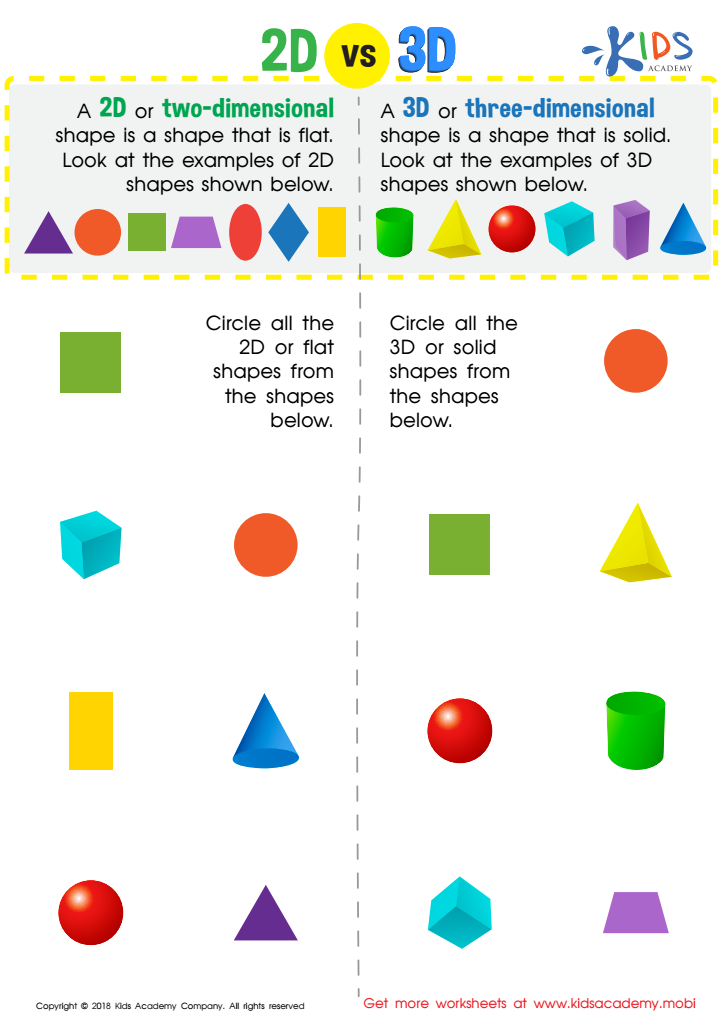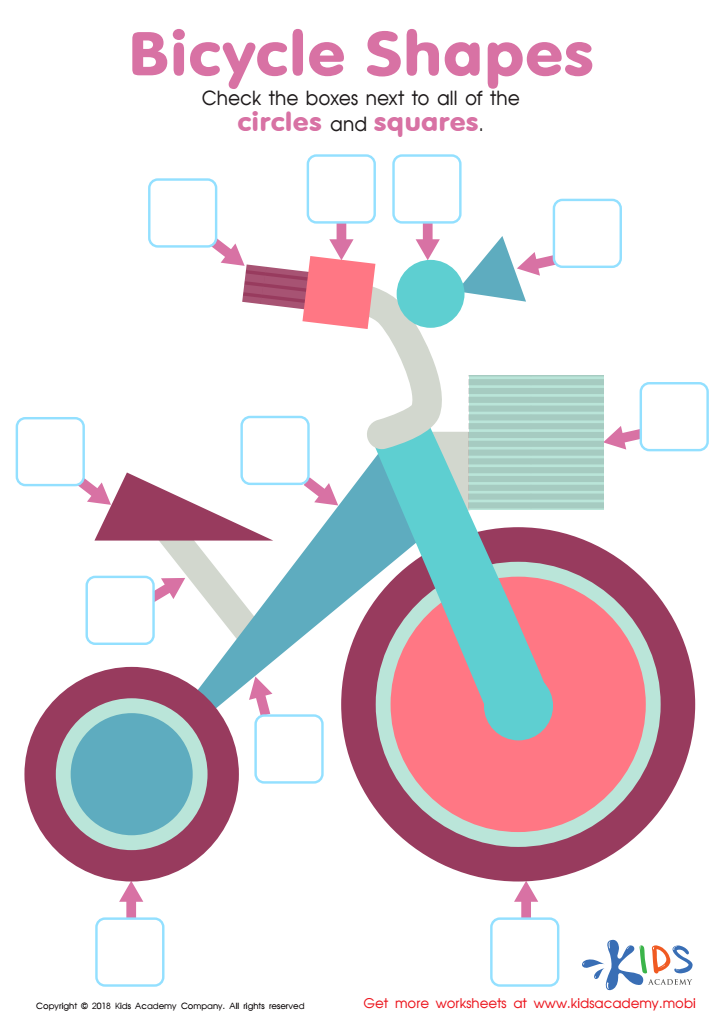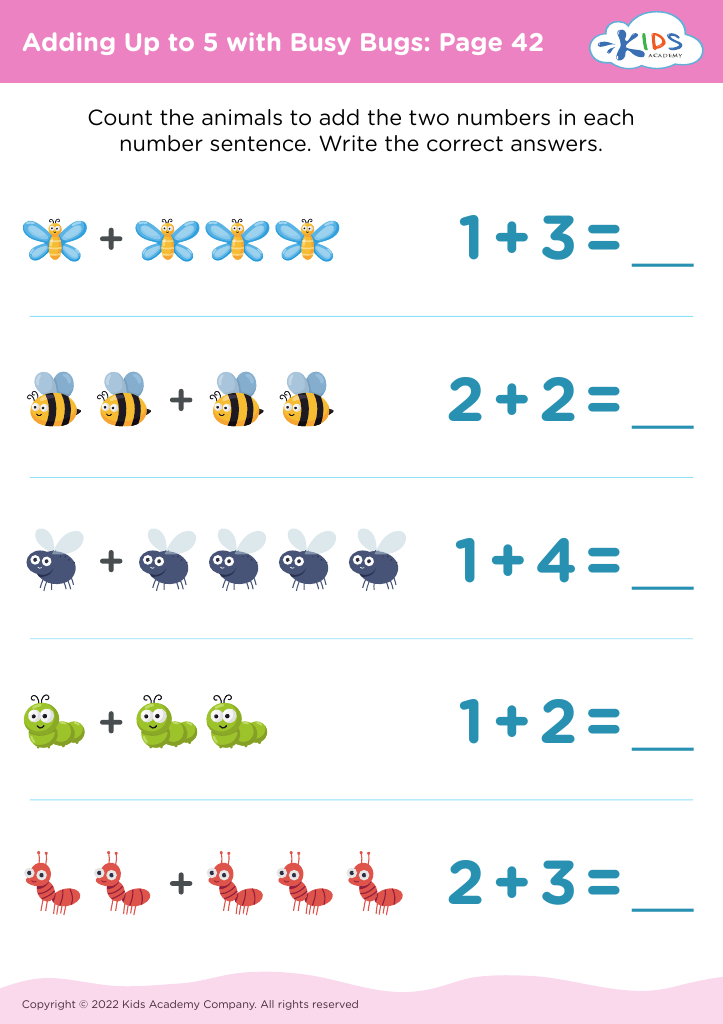Visual perception Worksheets for Ages 5-9 - Page 2
63 filtered results
-
From - To


Arranging Clothes Worksheet


Count and Pair on the Farm Worksheet


Counting in the Neighborhood Part1 Worksheet


Sweet Counting - Part 1 Worksheet


Big Medium Small Worksheet


Count and Match Points 9 Math Worksheet


Preschool Geometry Match Up Worksheet


Count and Match Points 10 Math Worksheet


Classifying Toys by Type and Color Sorting Worksheet


Count Santa's Presents Worksheet


Length Comparison Quest Worksheet


Counting at the Pond Worksheet


2D vs 3D Shapes Worksheet


Sweet Counting - Part 2 Worksheet


Bicycle Shapes Worksheet


Compare and Describe: Part 1 Worksheet


Stack the Blocks Worksheet


Count the Animal Shadows Worksheet


Garden Counting Worksheet


Counting Flowers Worksheet
Visual perception is crucial for children aged 5-9 as it significantly impacts their learning and development. During these formative years, children are honing essential skills that influence their academic success, particularly in literacy and mathematics. Proficient visual perception allows children to recognize letters and numbers, understand spatial relationships, and interpret visual information, all of which are foundational for reading, writing, and problem-solving.
Moreover, difficulties in visual perception can lead to challenges in everyday tasks and activities, affecting a child's confidence and self-esteem. For instance, a child who struggles to differentiate between similar shapes may have trouble with math concepts such as geometry or even with basic grouping tasks.
As parents and teachers, being aware of a child’s visual perception can guide strategies to support their development. This includes integrating visual activities, such as puzzles, sorting games, or drawing, that enhance these skills in a fun and engaging way. Additionally, early identification of visual perception issues can lead to timely interventions, allowing children to reach their full potential. Supporting visual perception not only promotes academic achievement but also enriches children's overall cognitive and social development, making it a vital concern for educators and families.
 Assign to My Students
Assign to My Students







.jpg)


.jpg)








